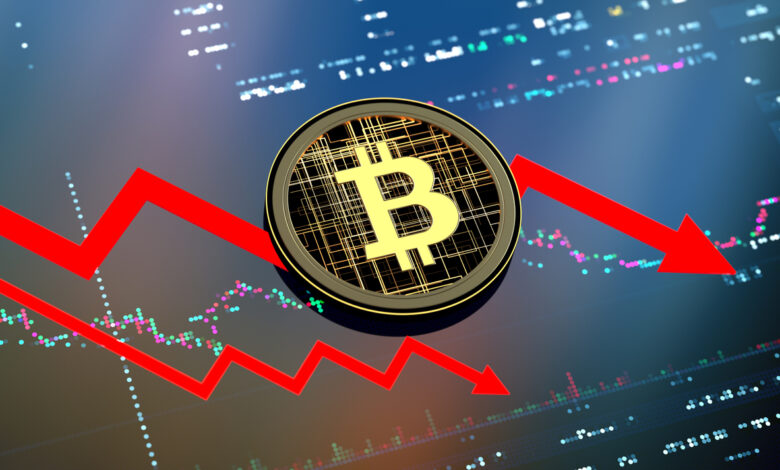
Understanding the Possibility of a Bitcoin Bear Market
In the wake of a remarkable surge over the past two years, discussions about the potential onset of a Bitcoin bear market have become increasingly prevalent in the cryptocurrency community. Experts and analysts have been predicting when the digital asset market might reach its peak and potentially reverse its course.
While optimism remains strong regarding the future of various cryptocurrencies, the possibility of a market downturn should not be underestimated. A prominent crypto analyst recently shared insights on a major social media platform, highlighting a potential timeline for the emergence of a bear market in the crypto sector.
Anticipating a Bear Market: Could April Be the Turning Point?
On January 25th, renowned cryptocurrency analyst Ali Martinez shared his perspective on the current Bitcoin bull cycle and its possible conclusion. Martinez pointed to April as a potential starting point for the bear market, basing his prediction on historical trends observed in Bitcoin’s halving cycles.
The Bitcoin halving event, occurring roughly every four years, reduces the supply of Bitcoin by cutting mining rewards in half. Historically, this event has been associated with significant price surges. However, these post-halving rallies are often followed by profit-taking activities, leading to market consolidation and eventual downturns.
The Historical Context of Bitcoin’s Price Movements
Examining past halving cycles, approximately 276 days post-halving have been pivotal for Bitcoin’s trajectory. For example, in the 2012-2016 cycle, Bitcoin’s price saw substantial growth after surpassing this milestone. However, a notable market decline occurred 367 days after the halving—91 days post the 276-day mark. If this historical pattern continues, a bear market might commence by late April.
As of now, Bitcoin’s price hovers just under the $105,000 threshold, showing little change over the past day.
Increasing Retail Interest in Bitcoin
While historical price data provides valuable insights into market cycles, on-chain data offers another dimension for understanding price trends. One crucial metric is the retail interest in Bitcoin, which gauges the demand from small-scale investors.
Analyzing Retail Demand and Market Peaks
Retail interest often correlates with peak euphoria phases in the market. Historical data reveals that previous spikes in searches for “how to buy crypto” coincided with Bitcoin reaching $65,000 in May 2021 and $69,000 in November 2021—both near market tops, as noted by Martinez in a separate post.
Currently, the “interest over time” metric appears to be rising again, potentially signaling an approaching market peak in 2025.







